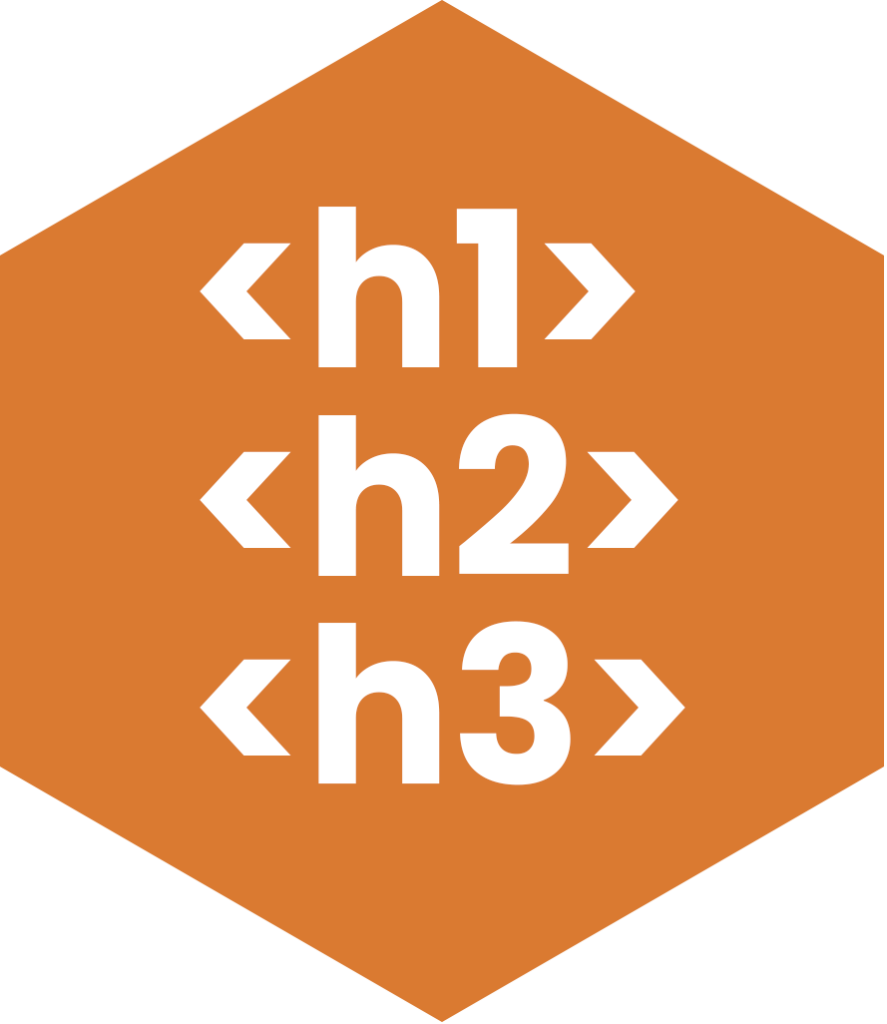Digital accessibility and Search Engine Optimisation (SEO) are both vital aspects for a website. Enhanced SEO drives visitors to your platform, whilst a site being accessible enables all users to access that site.
This blog looks at how SEO and website accessibility compliment each other by improving a website’s usability and search engine rankings.
What is digital accessibility and why is it important?
Accessibility is now more crucial than ever in the digital world. This is due to people not only having different needs when online, but also using an array of varying software and devices to interact with a platform.
Across the world, it is estimated that 1.3 billion people have a disability, which equates to 16% of the world’s population. Therefore, it’s vital that websites are easy to access, use, and understand for everyone. If barriers are present online, restricting users from utilising items such as assistive technology to access a platform, it takes away people’s ability to:
- Access information
- Use vital services
- Learn from resources
- Make purchases
- Enjoy online entertainment
- Engage with others socially

In turn, stripping people of their independence and human rights. Website designers, developers, and site editors who prioritise the user experience and work alongside Web Content Accessibility Guidelines can remove these accessibility obstacles.
How website accessibility can positively impact SEO
Search Engine Optimisation (SEO) is an essential part of digital marketing to boost your online presence. For people to be able to efficiently find your website via a search, such as through Google, your platform needs to rank highly in result findings.
Although there is no specific ranking factor for accessibility, as it is difficult to quantify, websites that are built with usability at the forefront and those that incorporate accessibility best practices lead to increased metrics.
Heightened SEO exposure results in:
- Gained engagement
- More time from visitors spent on the site
- Greater organic traffic
- Higher conversion rates
- Lower bounce rates
- Increased credibility

Website accessibility features that can improve SEO
To rate your digital platforms, crawler programs go through your site to assess its content. In order for this to happen, your website needs to be easily accessible in the first place and work with different software. Beyond that, you’ve probably heard of the important part that keywords play when it comes to SEO. Therefore, by adding in as much clear, contextual information as possible, can aid in increasing your search rankings. This is where the crossover between SEO and accessibility comes into play.
Here are some considerations with inclusive content that can help to boost your website’s SEO:
Using meaningful page titles to provide context

The use of title tags is crucial on a web page. Page titles is the text that appears within the tab on a browser and determines what will be displayed as a result on a search engine.
From an accessibility point of view, page titles are needed for users of assistive technology, such as a blind person using a screen reader, to access a website. Titles need to give context to users. People need to be instantly aware of what page they have navigated to and whether they want to remain on that page, without needing to read further content.
Page titles also aid any user who has multiple tabs open in a browser, helping people to determine which window they want to return to swiftly. For example, writing ‘Home’ gives no context when outside of that web page. However, if you insert the company’s name and what they do, it can eliminate any confusion, such as ‘Website Accessibility & Digital Agency: HeX Productions’.
Similarly, with SEO, search engines also need to better understand what your web page’s content is about. So, adding a short and concise description helps to ensure that users get access to relevant content when searching.
Structured heading levels to aid with navigation

Heading levels help users of assistive technology to efficiently navigate through a platform. They are used in a way similar to link text, enabling people to jump between content sections relevant to their needs. This is why writing them descriptively and structuring headings correctly is so vital.
Like assistive tech users, search engine crawlers also use headings to quickly navigate a page. Heading level 1 is the most important when it comes to SEO. Similar to title tags, this is the main heading that gives information about the purpose of the web page. Whilst, lower level headings help in further defining the page’s structure.
Writing descriptive link text

As screen reader software reads link text aloud, they need to clearly describe where users will be taken upon selection. Writing ‘click here’ provides no clarity for both user or search engine crawler. Using succinct keywords within anchor text or links, aids with a fluent journey.
For example, this is a link that gives context on what the user will find once clicked: Read our guide on writing descriptive link text.
Leaving an inclusive breadcrumb trail

Website breadcrumbs help everyone when it comes to navigating through web pages, but they are especially useful for people with cognitive disabilities. Being able to swiftly return to previous information at the click of a button can help in reducing confusion. So, these are best placed in a consistent location sitewide and, again, providing clarity through context for users. With SEO these useful links also help to show how a site is structured.
Enhancing website readability levels

The use of difficult language and jargon, makes understanding your content a challenge for the majority of us, but it may make some users leave your site and not return. As search engines track the behaviour of website visitors, this would have a detrimental affect on your scores.
Keeping content short, clear, and simple makes for a more user-friendly experience for everyone to digest.
Adding descriptive alt text on imagery

Alt text descriptions are highly useful with SEO and accessibility.
Alt text gives a textual representation of an image to help blind users or people with low vision to understand what is being conveyed in a picture. This description also helps search engine crawlers in the same way.
It’s important not to attempt to insert keywords into these elements and misuse the feature. Search engines are intelligent nowadays and you will be ranked down if too many are used. Keep your descriptions succinct and specific to the image.
Including transcripts with videos and podcasts

Providing a written transcript of a video or podcast helps Deaf people and users who are hard of hearing to have an equal experience when accessing your media. Transcripts also aid visually impaired users in understanding visual information that takes place within a video, such as text or graphs.
Transcribing the spoken words into text can help your content to get indexed and in return, rank higher.
Using a consistent layout and navigation

Factors such as bounce rates and the length someone stays on your website does come into how well you will do with SEO rankings. So, if a user enters a website which has a confusing and inconsistent structure, inaccessible navigation, or an unresponsive platform when magnified, they would soon choose another inclusive site to use over that one. Visitors want to know what to expect as they flow through your platform, and need to be able to easily find the information or products they are seeking, no matter what device they may use. By providing a positive user experience, means that people will stay on your website for longer, enhancing your SEO at the same time.
Providing sitemaps to aid a user’s journey

Sitemaps are incredibly useful for websites with complex structures. Its hierarchical structure can provide a clear overview of important information on offer and effectively aid with accessibility. In fact, some users bypass the main menu items altogether and use a site map as their preferred method of navigation.
When adding new web pages, an up-to-date site map can actually help crawlers to find and index content faster. In turn, boosting your SEO rankings further.
Need help with your SEO and Website Accessibility?
If you want to know more about digital accessibility and SEO, our experts are here to offer useful support and guidance. We can help make sure that the user experience is at the heart of your website and that SEO best practice principles are included to give your site the optimum search engine rankings.
